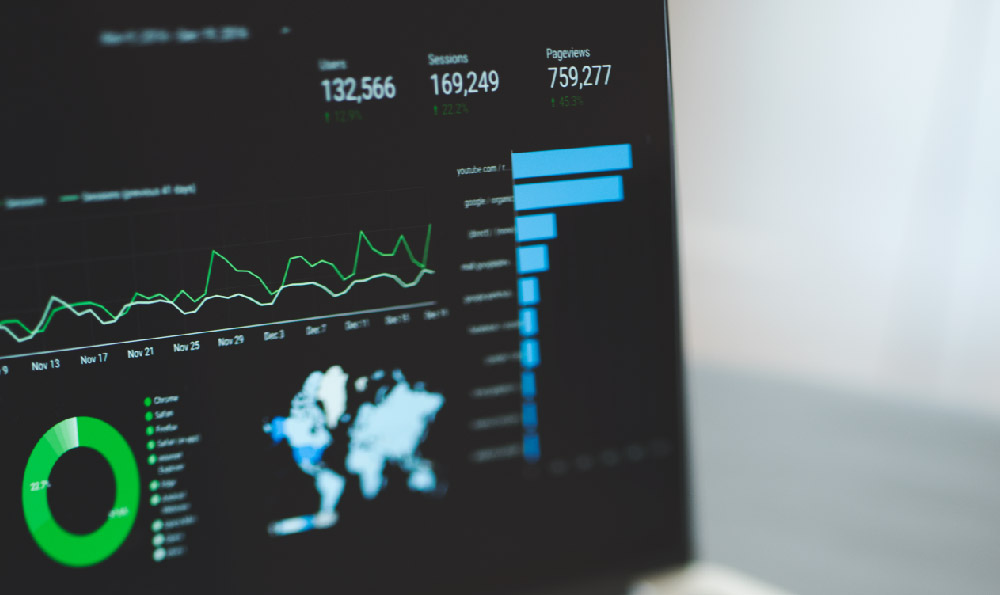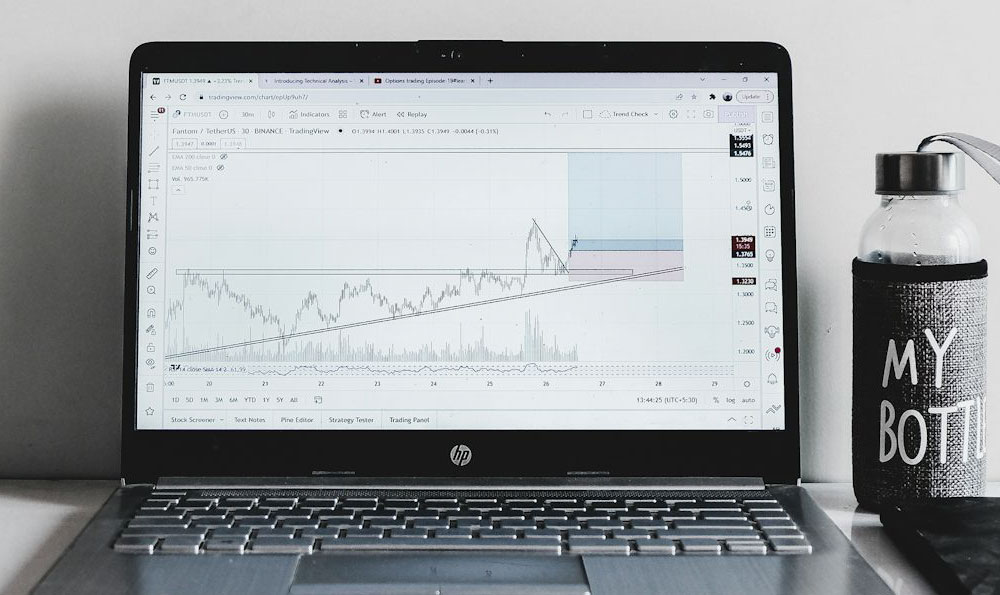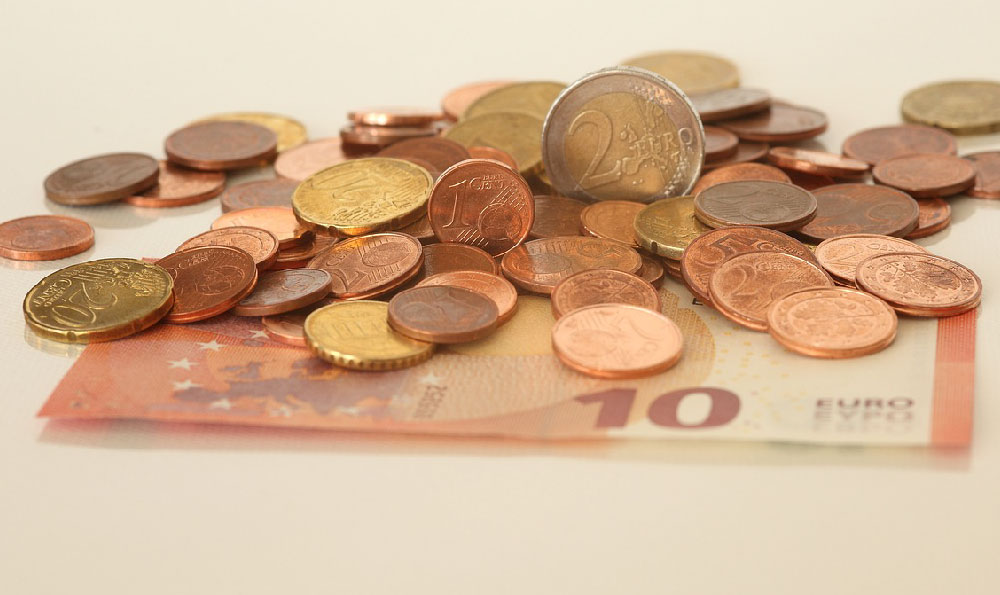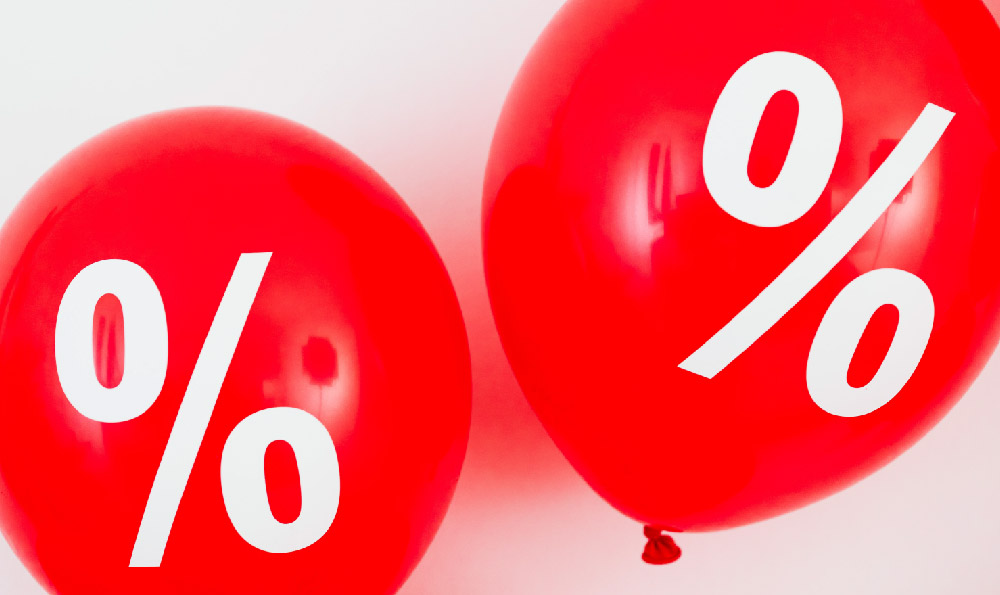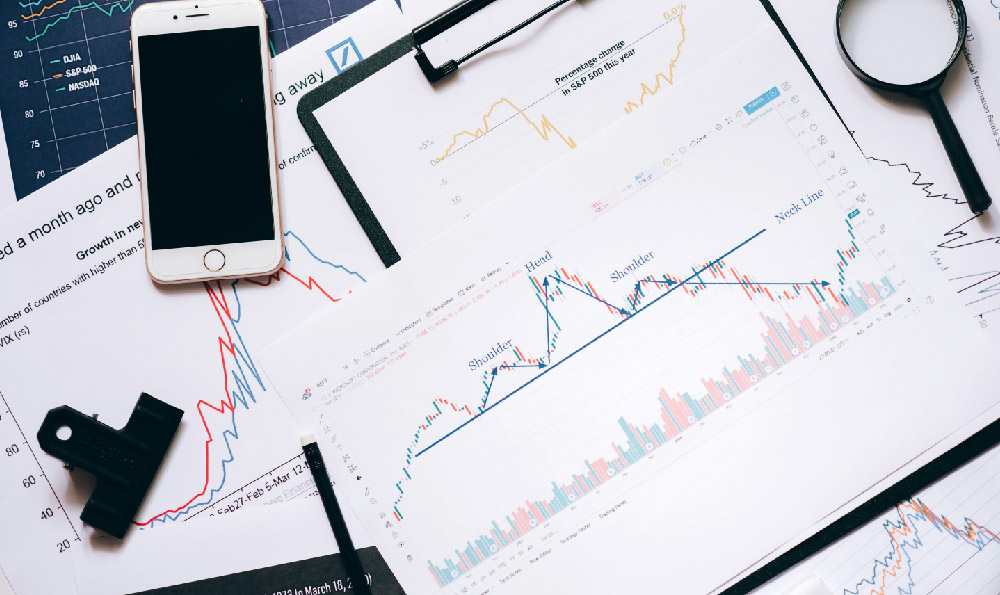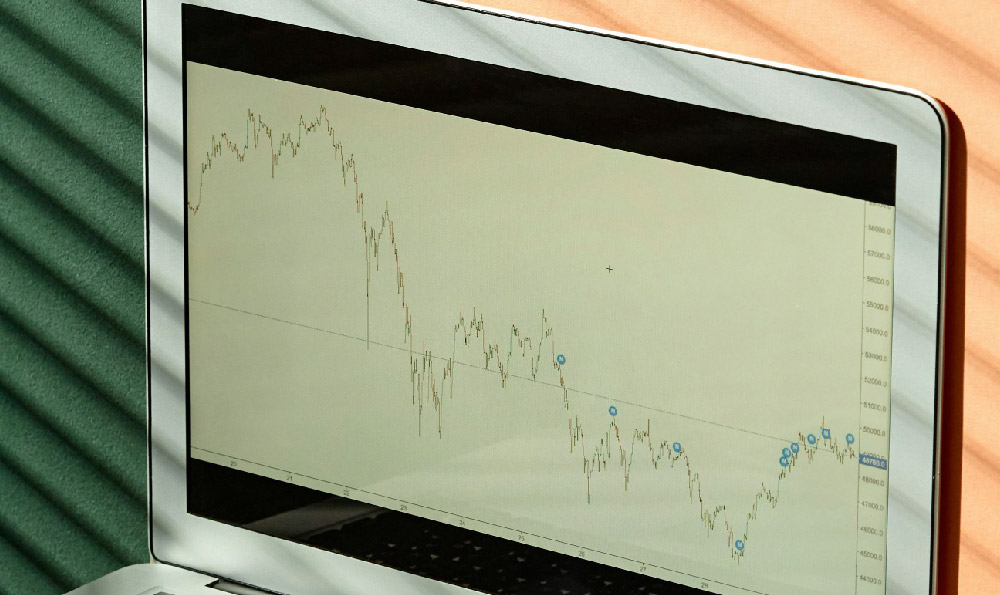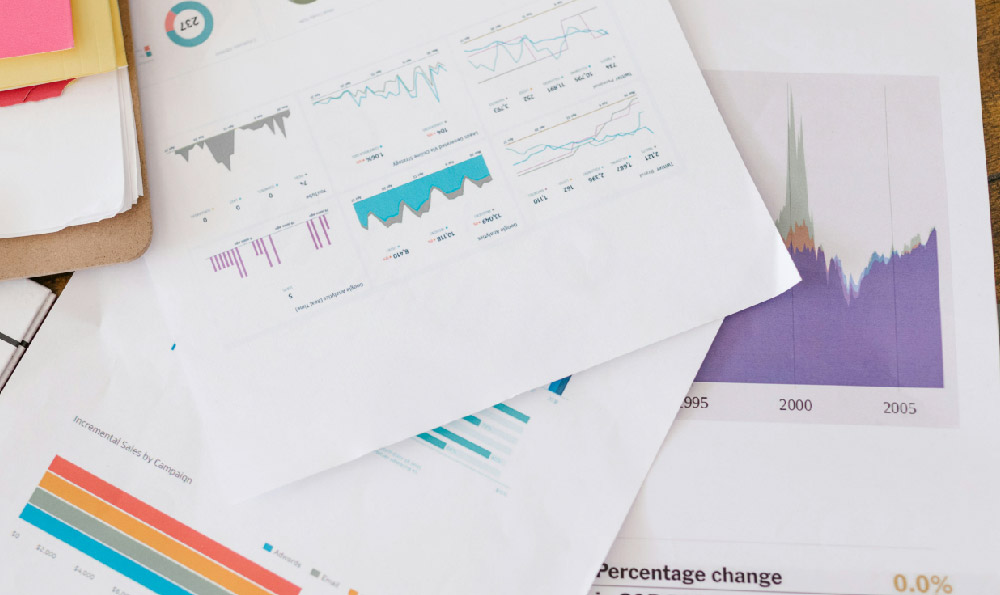The digital revolution has fundamentally reshaped the music industry, presenting both challenges and opportunities for musicians seeking to earn a living from their craft. Spotify, as a dominant player in music streaming, holds a significant influence on how artists generate revenue. However, navigating the platform's intricacies and maximizing monetization requires a strategic approach.
While direct payments per stream on Spotify are notoriously low – often fractions of a cent – the cumulative effect of streams, particularly for popular artists, can still be substantial. Therefore, the first step towards monetization lies in maximizing stream count. This involves a multifaceted strategy, beginning with producing high-quality music that resonates with a target audience. Genre, lyrical content, production value, and overall artistic vision all play crucial roles. It's not just about making good music; it's about making music that people actively want to listen to and share.
Once the music is created, visibility becomes paramount. Spotify's algorithm heavily favors songs that are actively being listened to, added to playlists, and saved by users. Therefore, artists need to proactively promote their music both on and off the platform. Social media marketing is essential. Artists should engage with their fans on platforms like Instagram, TikTok, and Twitter, sharing snippets of their music, behind-the-scenes content, and directly encouraging them to stream on Spotify. Running targeted ad campaigns on social media can also significantly increase exposure and drive traffic to Spotify profiles.
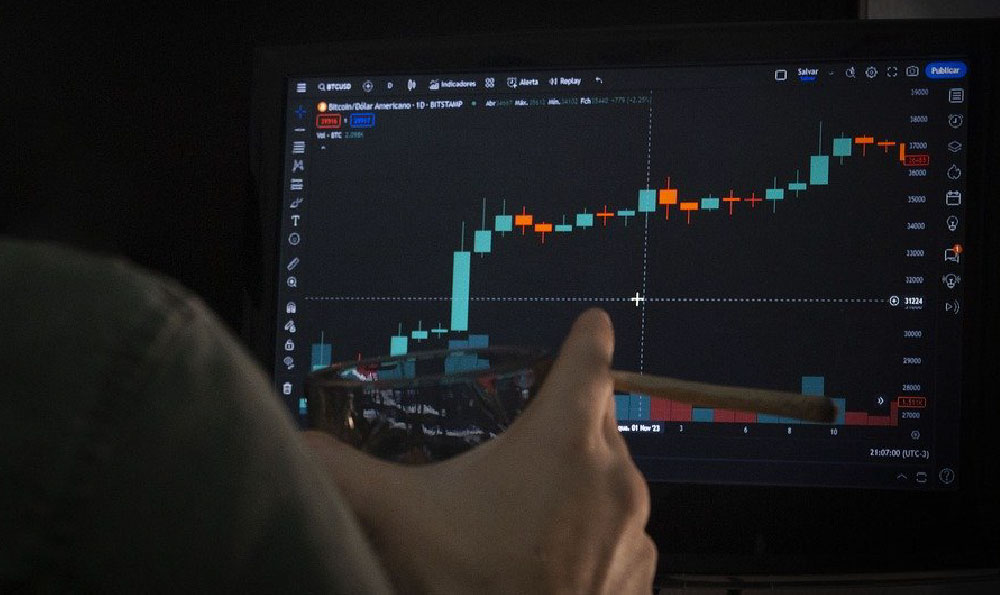
Another key element is playlist placement. Landing on popular Spotify playlists, whether curated by Spotify's editorial team or created by independent users, can dramatically boost stream counts. Spotify's editorial playlists are highly coveted and difficult to secure placement on. Artists can increase their chances by actively pitching their music to Spotify's editors through the Spotify for Artists platform. This involves carefully selecting the right track to submit, providing detailed information about the song and its target audience, and highlighting any existing momentum or buzz surrounding the release.
Independent playlists, on the other hand, are often more accessible. Artists can research relevant playlists in their genre, identify the playlist curators, and reach out to them directly with a personalized pitch. Building relationships with playlist curators can be a valuable long-term strategy. Offering them early access to new music, engaging with their content, and even collaborating on playlists can help foster mutually beneficial partnerships. However, it is critically important to avoid purchasing playlist placements from illegitimate sources. Such practices violate Spotify's terms of service and can result in penalties, including the removal of music from the platform.
Beyond increasing stream count, artists can leverage Spotify to drive revenue from other sources. Spotify for Artists allows artists to promote merchandise, tour dates, and other offerings directly on their profile. This is a powerful way to cross-promote different revenue streams and capitalize on the platform's engaged audience. For example, an artist releasing a new album can link to their online store where fans can purchase physical copies, vinyl records, and related merchandise. Similarly, they can promote upcoming concerts and festivals, driving ticket sales and increasing their visibility in the live music scene.
Moreover, Spotify can be used as a tool to build an email list. Artists can offer exclusive content, such as early access to new music, behind-the-scenes footage, or discounts on merchandise, in exchange for fans' email addresses. Building an email list allows artists to directly communicate with their fans, bypassing the algorithm-driven nature of social media and Spotify itself. This direct communication can be used to promote new releases, announce tour dates, and build deeper relationships with their audience.
Furthermore, artists should explore Spotify's Canvas feature, which allows them to add short, looping visuals to their tracks. These visuals appear in the "Now Playing" view and can significantly enhance the listening experience, making the music more engaging and memorable. Creative and well-designed Canvas visuals can help artists stand out from the crowd and capture listeners' attention.
Diversification is key. Relying solely on Spotify streams as a primary source of income is risky. Artists should explore other revenue streams, such as selling merchandise, offering online courses or tutorials, licensing their music for use in films, television shows, and video games, and creating Patreon pages or other subscription-based platforms where fans can directly support their work. Live performances, when feasible, remain a crucial source of income for many artists. Building a strong live presence and engaging with fans in person can create a loyal following that translates into increased streams, merchandise sales, and other revenue opportunities.
Finally, understanding the financial aspects of music streaming is crucial. Artists should track their earnings on Spotify for Artists, analyze their stream data to identify trends and patterns, and consult with financial advisors and music industry professionals to develop a sound financial plan. Understanding royalty rates, publishing rights, and other financial complexities of the music industry is essential for maximizing income and protecting their financial interests. By taking a proactive, strategic, and diversified approach, musicians can effectively leverage Spotify to monetize their music and build a sustainable career in the digital age. Remember that building a successful music career is a marathon, not a sprint. Consistency, perseverance, and a willingness to adapt to the ever-changing landscape of the music industry are essential for long-term success.


